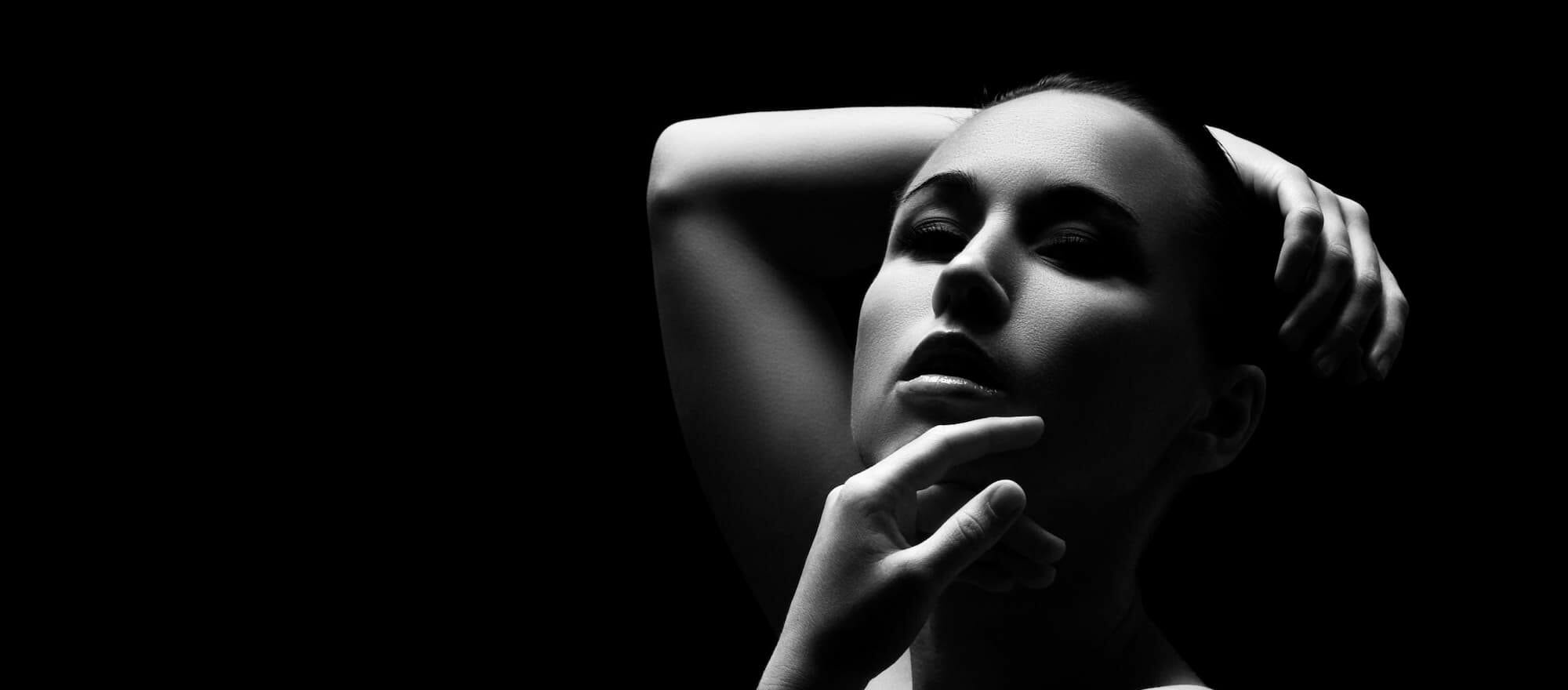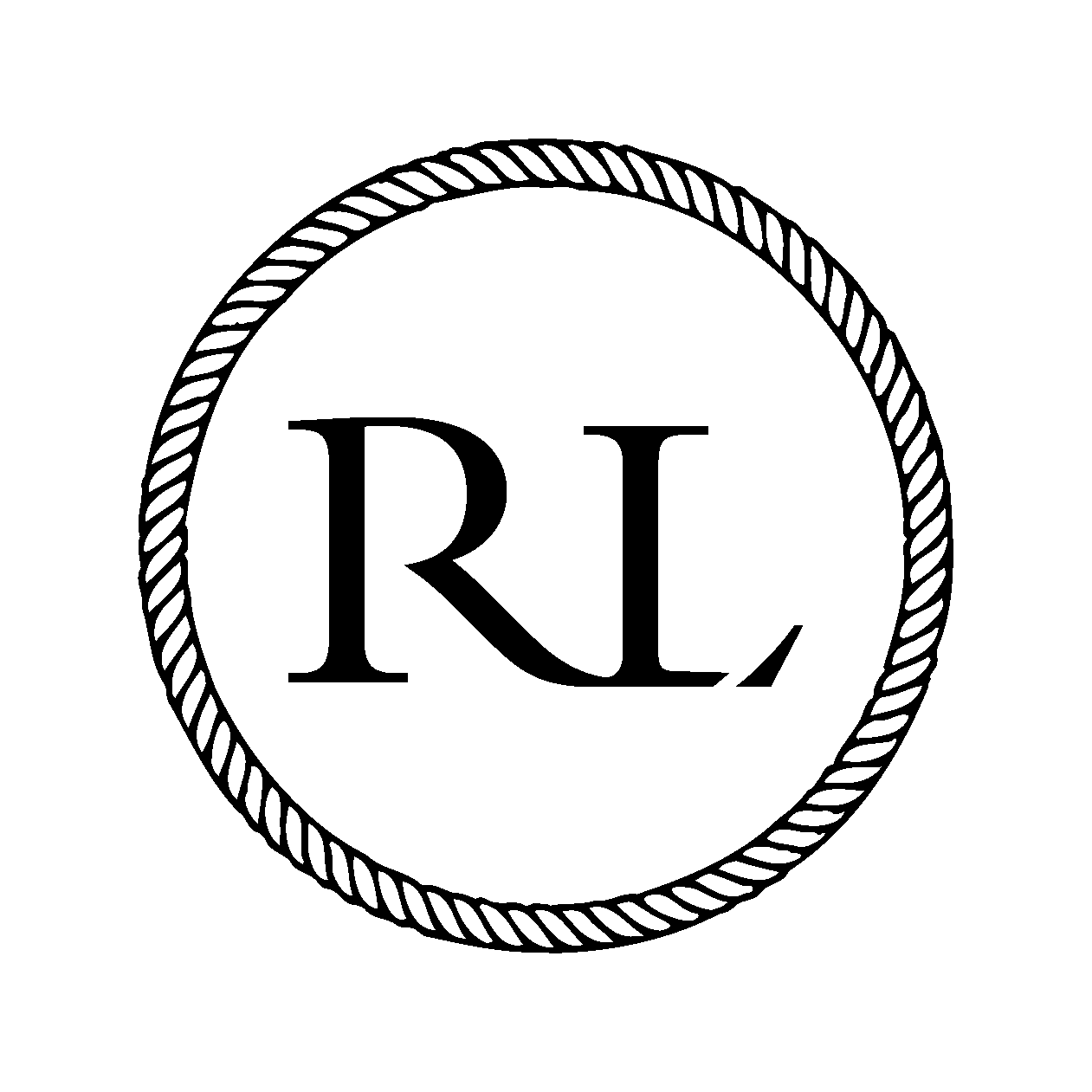How Long Does Rhinoplasty Take?
 Are you thinking about enhancing the appearance of your nose? Do you find any difficulty breathing through your nose? If your answer is yes, rhinoplasty is an ideal option for you. It provides you with an option to change the proportion of your nose or improve its function. But there are many things that you need to consider before getting a rhinoplasty procedure. Read on to learn about the factors that can affect the length of rhinoplasty and the recovery period.
Are you thinking about enhancing the appearance of your nose? Do you find any difficulty breathing through your nose? If your answer is yes, rhinoplasty is an ideal option for you. It provides you with an option to change the proportion of your nose or improve its function. But there are many things that you need to consider before getting a rhinoplasty procedure. Read on to learn about the factors that can affect the length of rhinoplasty and the recovery period.
Factors Affecting The Length Of Rhinoplasty
- Is the rhinoplasty a primary or revision rhinoplasty?
- Revision rhinoplasty procedure takes more time than initial rhinoplasty.
- Do sinus, allergy, and breathing issues get addressed?
- Rhinoplasty can help address medical complications such as sinus, allergy, and breathing issues. However, it may take more time for functional improvements.
- The skill level and experience of the surgeon
- The highest level of rhinoplasty surgeons brings efficiency and thus shortens operating time.
Technical Factors Of How Long A Rhinoplasty Procedure Lasts
-
Grafting
In many procedures, it is required to graft cartilage from another body part (such as the nose, rib, and ear) to enhance the nose shape. It can help augment the tip, improve the depth or shape of nasal projection, and raise the bridge of the nose. The procedure is helpful for patients who want to widen their noses and have difficulty breathing.
-
Anaesthesia
The type of anaesthesia used for the procedure will also impact how long your rhinoplasty takes. Most surgeons in the UK use general anaesthesia. In general anaesthesia, you will receive a drug (anaesthetic) through a IV line placed in a vein in your chest, neck or hand or by inhaling it. Some surgeons use a combination of local anaesthesia and low-dose general anaesthesia, making patients fall asleep and wake up fairly early.
-
Open Vs. Closed Nose Jobs
There are two techniques by which rhinoplasty can be done: open and closed rhinoplasty. In open rhinoplasty, the surgeon makes a cut at the base of the columella (tissue that links the nasal tip to the nasal base and separates the nares). When the surgeon gets good visibility of the structure of your nose, he or she will make necessary changes as per the plan. Since it involves lifting the skin away from the nose, it is a slightly lengthier procedure than closed rhinoplasty.
On the other hand, in closed rhinoplasty, the surgeon makes small incisions along the inside rim of the nostril. The surgeon will then carry the procedure through your nostrils without venturing near the outside tissue or skin. The best part of this technique is that you will have no visible scarring. Your nose will recover in less time, and even this technique is more affordable than open rhinoplasty. However, you need to ensure that the surgeon has enough experience to deal with the closed rhinoplasty to help you get the desired results.
-
Minimal Vs. Extensive Surgery
Depending on the patient’s need and complexity, the length of the procedure can vary. Minimal rhinoplasty procedures take less time than extensive ones. It is always recommended to reach out to a reputable and experienced rhinoplasty surgeon in the UK. Check out if they have a license and certification. Also, patients must know how to prepare for the procedure to reduce discomfort and pain.
Usually, a procedure takes one to four hours. Right after the procedure, the surgeon will close the incisions with stitches and advise you on various aftercare tips.
-
Experience And Style Of The Surgeon
The most significant factor that will determine how long your rhinoplasty takes is the surgeon’s experience. An inexperienced surgeon may take several hours to perform a specific rhinoplasty procedure, while an experienced surgeon can complete it in half the time.
Experts always recommend choosing a trusted plastic surgeon with a wealth of knowledge and well-equipped to meet specific challenges and needs. Look for their online reviews and testimonials to know what their customer says about them. You can also ask several questions to the surgeon to know about their experience.
Check if the clinic has all the necessary equipment and whether their staff is friendly and treats a patient with courtesy and respect. The clinic should have an ambiance that can put you at ease. Verify that the surgeon’s clinic is affiliated with a high-quality aftercare provider that is easily accessible.
In addition, find a rhinoplasty surgeon who treats each patient with the utmost attention and on a personal level.
Is Rhinoplasty Painful?
Well, rhinoplasty in itself is not a painful procedure. Most patients rate their pain between 0 and 4 one day after the procedure. You can experience congestion in the nose because of swelling or from splints. Your surgeon will advise you to rest in bed with your head raised higher than your chest to reduce swelling and bleeding.
You may experience slight drainage of mucus and bleeding, but it is normal for a couple of days after the procedure. It’s recommended to follow the below aftercare tips to reduce the chances of swelling and bleeding.
- Avoid pulling clothes. Wear clothes that fasten in the front.
- Do not remove your bandages on your own.
- Slowly brush your teeth to limit the upper lip movement.
- You should avoid aerobics for a few weeks.
- Eat healthy fruits and vegetables and avoid smoking.
Moreover, don’t rest your eyeglasses on your nose for a couple of weeks after the procedure as it can put pressure on your nose. Instead, you can tape the sunglasses to your forehead.
Use SPF 30 sunscreen on your nose, especially when you are outside because sun exposure can cause permanent irregular discoloration in your nose’s skin. However, sunscreen should only be applied once the nasal dressing has been removed.
How To Prepare For The Rhinoplasty Procedure?
Before undergoing the procedure, you need to consult with the surgeon to discuss the important factors determining whether the procedure will work for you. Your surgeon will ask you about your motivation and goals. It’s recommended to share your medical history or any medication you take with your surgeon.
Your surgeon will conduct a physical examination, including any lab tests, like blood tests. They will also examine your facial features. The physical examination helps the surgeon determine the impact of the procedure on your breathing and what changes need to be made.
The surgeon or someone from their staff will capture a picture of your nose from different angles, and then they may manipulate the photos using computer software to show you what you should expect from the procedure.
Discuss your expectations with the surgeon and ask them to explain what rhinoplasty can do for you. It’s normal to feel self-conscious about discussing your nose shape, but it’s crucial to explain your goals and desires to the surgeon.
Recovery Period
Take a week off from work for the procedure. After the procedure, take proper rest and avoid any activity that can put pressure on your nose. You will progressively feel better each day. After one week of the procedure, you can gradually resume some of your activities. You may experience swelling, which can take months to resolve.
It’s Time To Find The Right Surgeon!
Rhinoplasty is an excellent way to change your nose shape and size and make it aesthetically appealing. But you need to consult with the best surgeons for a nose job in London. An experienced surgeon is well-versed with the complexities of the procedure and can help you get desired results successfully.
Are you looking for a rhinoplasty surgeon? If yes, you should consult with our surgeons. We are dedicated to improving the shape and function of your nose. We offer exceptional and truly personalized care. Our surgeons have a wealth of experience managing the complexities of the procedure. We can help you get long-lasting and best results.
